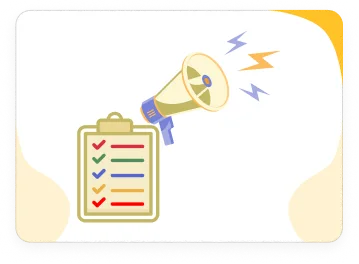Ready to streamline your social media strategy? Fill out the form to instantly download your free Social Media Strategy Template.
This template is designed to help you save time, stay organized, and create consistent, impactful content effortlessly.
What makes it even better?
It’s fully customizable Google Docs, making it perfect for team collaboration and presenting your strategy to stakeholders.
What you’ll gain:
➔ A detailed framework to align your digital marketing strategy with your brand vision and target audience.
➔ Insights and tools to evaluate your active social performance and highlight growth opportunities.
➔ Actionable insights to create impactful content and plan a consistent posting schedule for sustained social marketing success.







